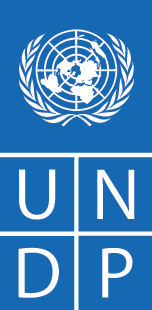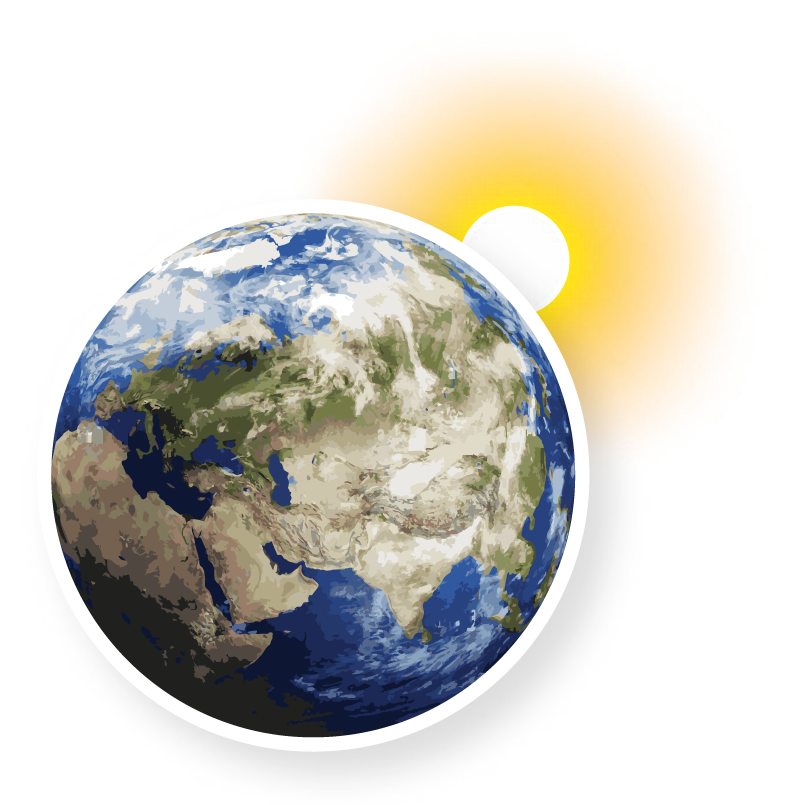3.1.1 What is energy?
Everything that has ever been created in the world, by nature or by human beings, has been created using energy. To obtain any form of energy, we must get it from somewhere.
Consider a bar of chocolate. It came to the shop from the factory, whose workers produced and packaged it. To do this, they used cocoa beans and sugar, which were brought to the factory from fields where other people grow cocoa beans and sugar cane. All the people who worked on making our chocolate had to eat and buy clothes for themselves. All the machines and devices that were used to make the chocolate bar are made from materials (steel, plastic, etc.) that came from minerals (iron ore, etc.) taken from the earth, and those machines are driven by energy. So, everything that we have was made by using energy. We ourselves grew from a tiny embryo, which took the energy of chemical compounds for its growth.
Can it really be the case that we constantly take from nature and give nothing in return? Of course not! We convert the energy that we receive into other forms and return it to the world. So, the energy itself never disappears, but only changes its state. The science that studies the most general laws of the transformation and transfer of mechanical and thermal energy is called ‘thermodynamics’, which is a branch of physics. The law of conservation of energy is the first law of thermodynamics.
Other laws of thermodynamics tell us that at the moment energy changes its state, a small part of it is lost and dissipated and cannot be ‘gathered back’.
Let’s see how people today use energy. Why are the consumption of energy and climate change so strongly interrelated?
And can humanity use energy to transform the global economy and society, making life on Earth green, flourishing and happy? Most importantly, how can we all start working towards this transformation today?


